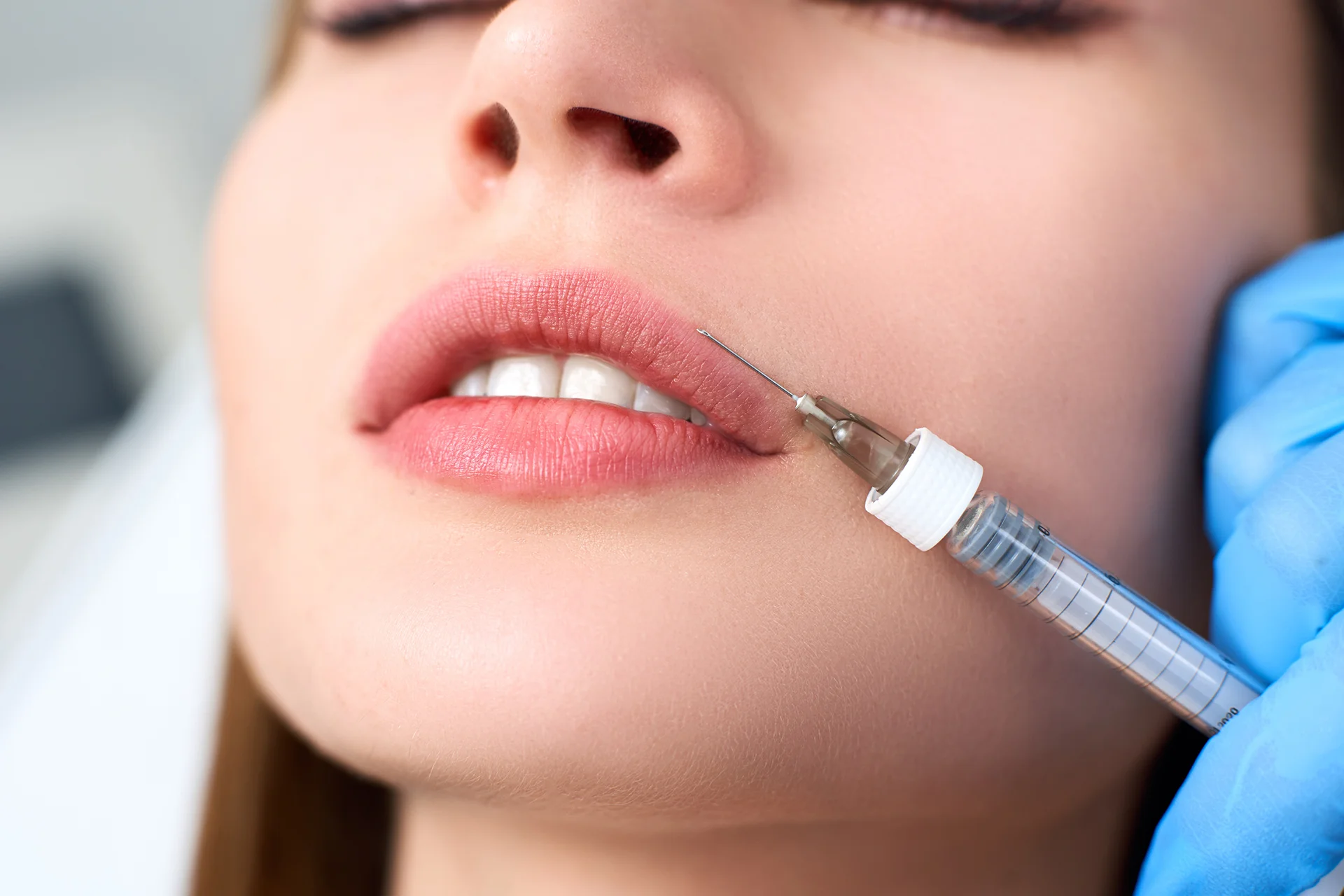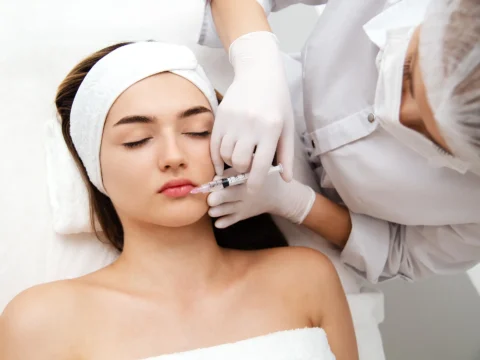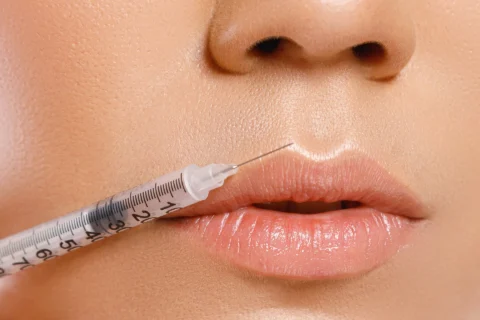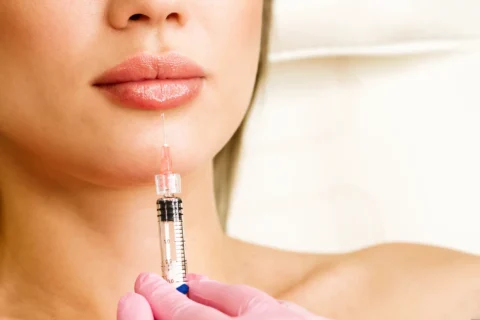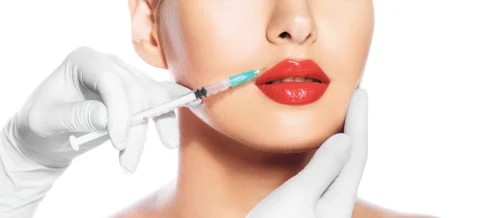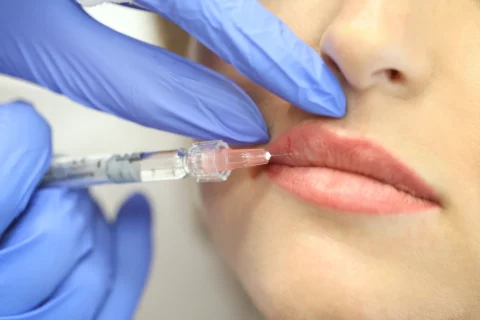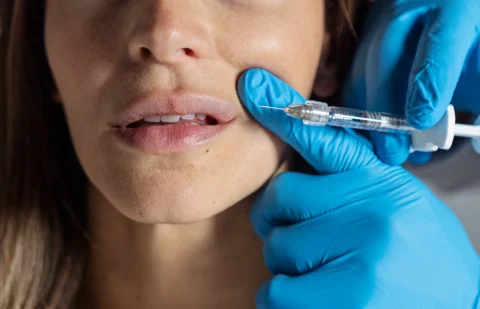Assessing Your Lip Fillers: What’s Normal and What’s Not?
Lip fillers can give you that fuller, youthful look you’re aiming for, but remember, there’s a bit of downtime involved.
You might be asking, “What are my lips going to look and feel like two weeks after getting fillers?” It’s a mix of expected changes and signs that you’re healing properly, but also some red flags to watch out for.
Let’s unpack what the experts at Ethos Aesthetics + Wellness suggest about the post-filler phase. We’ll explore the typical healing process, what’s normal, what might be a concern, and how to adjust your lifestyle briefly as you recover.
What Are the Expected Results of Lip Fillers After 2 Weeks?
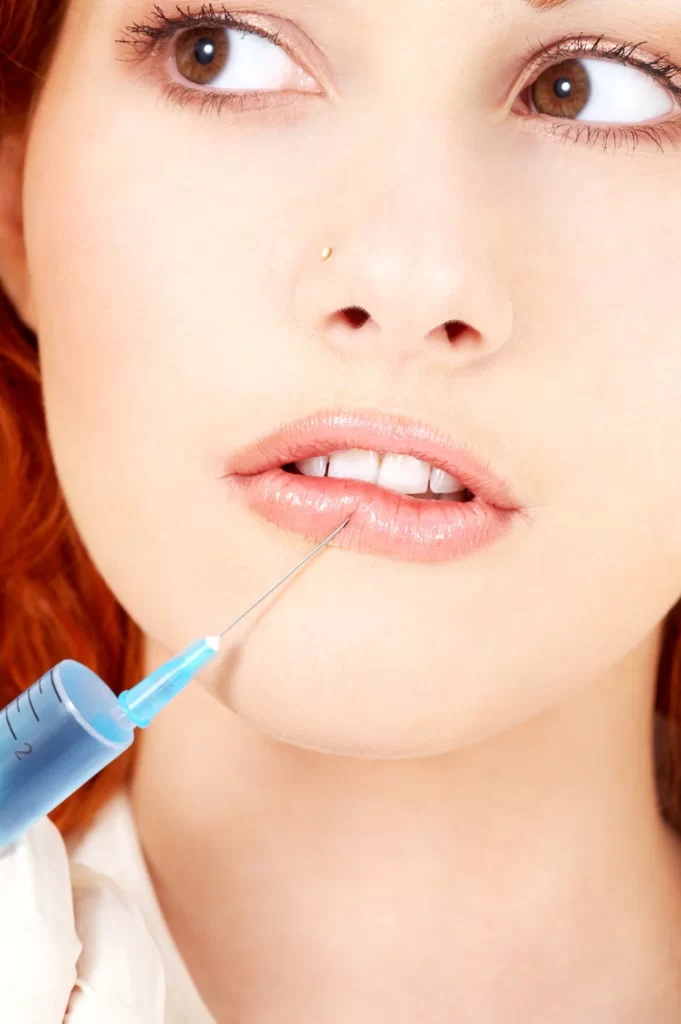
Dr. Hardik Soni of Ethos Aesthetics + Wellness notes that around the two-week point, patients often experience a significant decrease in swelling, with the lips beginning to take on a more balanced shape.
Though your lips may seem overly full and still retain some firmness, these are not the final results.
The filler is still blending with your lip tissues, so it’s important to give it time to fully integrate for the final look to emerge.
Is Swelling Normal Two Weeks After Getting Lip Fillers?
Swelling after lip filler injections is normal and part of the healing process. The swelling is quite noticeable, but it usually reduces within the first week.
If you still have considerable swelling after two weeks, this may be unusual. Dr. Soni advises that while some minor swelling can persist, significant swelling at this stage warrants a check-up with your aesthetician or doctor.
Can You See the Final Results of Lip Fillers After Two Weeks?
At the two-week point, your lips will typically begin to show their new shape and volume. But this period does not yet reveal the ultimate outcome of the treatment.
Dr. Soni explains that the healing process is still underway at this stage, and the fillers need additional time to settle completely into the lip tissues.
Here’s a brief healing timeline to illustrate what to expect:
| Timeframe | Expected Healing Progress |
| Immediate | Initial swelling and bruising post-procedure. |
| First Week | Swelling reduces and bruising fades. |
| Two Weeks | Noticeable decrease in swelling; lips regain natural color. |
| One Month | Minor asymmetries smooth out; fillers fully settle. |
| Beyond One Month | Lips stabilize, reflecting the long-term appearance. |
| 6 to 8 Months | Fillers start to break down; maintenance may be needed. |
Two weeks post-procedure, lip fillers have not fully settled, so the final results are not yet fully apparent. During this time, you might notice improvements as swelling decreases and minor irregularities begin to even out.
After one month, your lips should display the intended effects of the filler. If the results are not as expected, this is the time to consider touch-ups. It’s important to consult with your provider if you experience any unusual symptoms or wish for more volume.
Healing varies per individual, and some may see changes even after two weeks. For any significant discomfort or lumps, seek medical advice promptly.
Keep in mind that lip filler effects are temporary, with results typically lasting 6 to 8 months. Regular follow-ups are recommended to maintain your results.
Unsure about the lip filler healing process? Let Dr. Soni at Ethos Aesthetics + Wellness provide you with personalized care and advice.
What Are the Common Concerns Two Weeks After Getting Lip Filler Injections?
While some side effects, such as mild swelling and bruising are part of the normal healing process, there are symptoms that may indicate complications:
- Severe Pain: While some discomfort is normal, intense pain that isn’t alleviated with over-the-counter medication may signal an issue.
- Pronounced Asymmetry or Irregularities: A slight imbalance can occur as the filler settles, but significant asymmetry could point to uneven distribution or poor injection technique.
- Hard Nodules or Masses: These can form if the filler doesn’t integrate properly with the lip tissue or is injected too superficially.
- Changes in Lip Sensation or Mobility: If you notice a reduced ability to move your lips or changes in sensation, it could be due to nerve irritation or overfilling.
- Cold Sores: For some individuals, the trauma from injections can trigger a herpes simplex virus outbreak if they are already carriers.
- Discoloration or Redness Beyond the Injection Sites: Some redness is expected, but widespread discoloration may be a sign of a vascular issue.
- Signs of Infection: Symptoms like pus, persistent fever, or increased heat in the lips require immediate medical attention to prevent further complications.
Dr. Soni stresses the importance of not touching your lips after the procedure, as this can introduce bacteria and lead to further problems.
Follow the aftercare instructions provided by your injector, and promptly report any alarming symptoms for a professional assessment. Proper care is vital for a smooth recovery and optimal results.
Lip Filler Care: How to Maintain Your Results Post-Treatment
- Minimize Strenuous Activity: For the initial 2-3 weeks post-treatment, avoid heavy exercise. Exertion can increase blood flow to the face, potentially causing the filler to shift and prolonging the healing process.
- Lip Massage: If you notice lumps, a gentle massage may help. This should be done carefully and ideally under the guidance of your provider, as aggressive manipulation could disrupt the filler’s placement.
- Hydration: Drink plenty of water before and after the procedure to maintain moisture in the lips, helping reduce swelling and prevent dryness.
- Follow-Up Appointments: A check-up at the two-week mark allows your provider to assess the healing progress and address any concerns, ensuring your lips are settling as expected.
- Postpone Dental Procedures: Delay any non-emergency dental work for a few weeks to prevent the added pressure on the lips which could disrupt the fillers and increase the risk of infection.
Are Touch-Ups Necessary Two Weeks After Initial Lip Filler Treatment?
Rushing into touch-ups too soon after your initial injection risks complicating the healing process.
Here’s a breakdown of what to consider:
- Healing Time: The standard recommendation is to wait 4-6 weeks post-injection before any touch-up. This allows the filler to settle and integrate with your lip tissue.
- Initial Assessment: Around the two-week follow-up, your injector will evaluate your lips for any significant issues that may require attention.
- Optimal Timing for Touch-Ups: A period of one-month post-treatment is usually preferred to reassess the need for further injections, ensuring the filler has stabilized.
Should immediate attention be warranted, contact your provider without delay if you observe any of the following, as they may necessitate earlier touch-ups:
- Large Nodules: If you feel significant, hard areas within your lips that compromise comfort or the smooth appearance, they may require swift professional assessment.
- Noticeable Irregularities: Should you detect any unevenness or lumps that make the lips’ surface appear inconsistent, it’s important to seek advice on potential corrective action.
- Significant Asymmetry: An evident size or shape difference between your lips, especially if one side is noticeably larger or misshapen, might need an earlier intervention to restore balance and symmetry.
According to Dr. Soni, the two-week stage is too soon for major touch-ups in most cases. Allow your lip tissue time to fully adapt to the initial filler volume before considering additional injections.
Wondering about the right time for a lip filler touch-up? Schedule a follow-up with Dr. Soni to ensure perfect timing and results.
What Activities Should Be Avoided Two Weeks Post-Lip Filler?
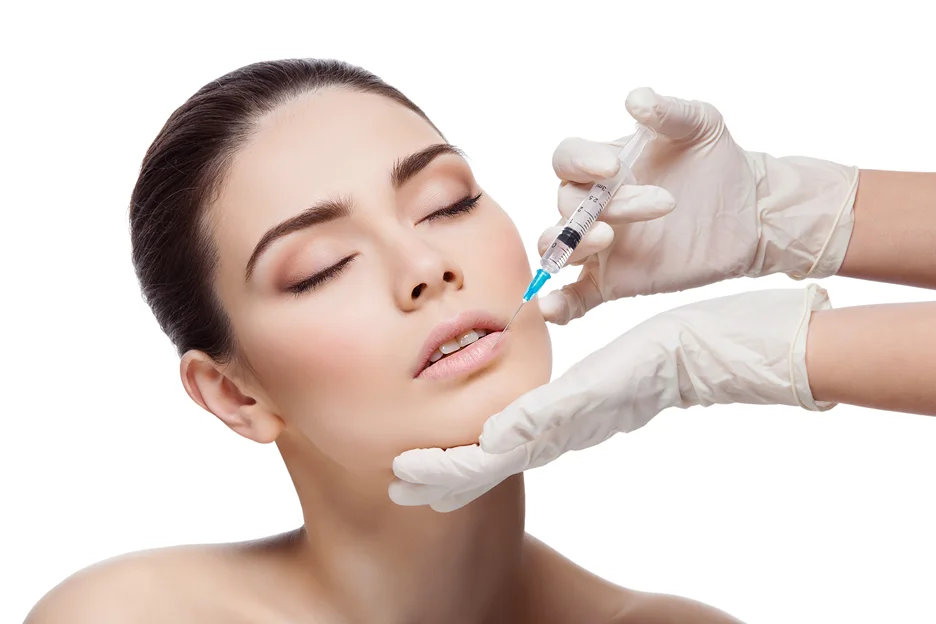
The two weeks following your lip filler procedure require extra care as your lips heal. Avoid activities that put pressure on or stretch the lips. This includes:
- Playing high-wind instruments like saxophone or trumpet
- Intense physical contact involving the mouth area, such as prolonged kissing
- Dental work like getting fitted for braces
- Using a straw to drink
- Facial massages or scrubs
- Sleeping face-down
- Smoking
Also, avoid extreme heat like hot tubs or saunas which may worsen swelling. And defer any laser treatments, injectables, or skin-rejuvenating procedures until your lips have fully healed.
Conclusion
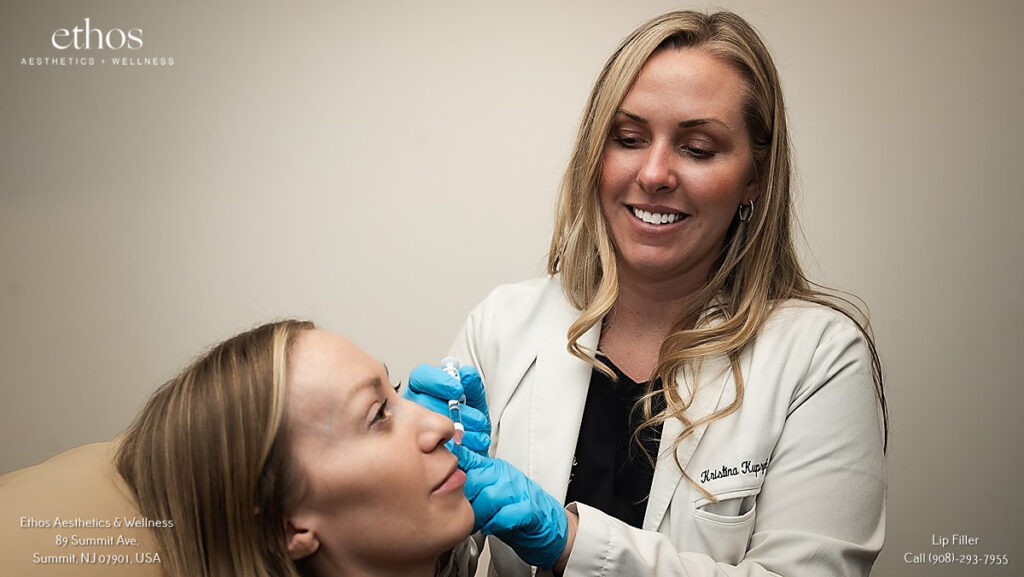
The weeks following your lip filler procedure require care and patience as your lips adjust and settle into their enhanced shape.
While swelling, firmness, and lumpiness are expected after two weeks, contact your injector if you have more serious concerns.
Stay consistent with aftercare and avoid touching up too soon so your lips can heal properly. Around the one-month mark, you’ll see the filler smoothness and symmetry improve as results become more defined.
With Dr. Soni’s expert guidance, you’ll know what to expect during your lip filler recovery.
FAQs About Lip Fillers
What Should Lip Fillers Feel Like After Two Weeks?
As mentioned earlier, initial swelling and sensitivity usually decrease significantly. Your lips should start to feel more supple and natural, reflecting the intended enhancement of the fillers. The product should be integrated into the lip tissue, contributing to a fuller look while maintaining a soft feel.
Can I Get More Fillers One Week After My Initial Treatment?
It’s advisable to wait at least two weeks before considering additional fillers. This waiting period allows your lips to heal and the initial results to fully emerge.
What Will My Lip Fillers Look Like After Three Weeks?
By three weeks, expect any swelling and bruising to have settled. Your lips may feel a bit firmer as the filler integrates with your tissue, and the results should be close to final.
When Is It Appropriate to Get a Touch-Up After Lip Fillers?
A touch-up is generally best scheduled 2-4 weeks after your initial treatment. This timeframe allows for complete healing and a clear assessment of the initial filler’s effects.
What Are the Risks of Improperly Administered Lip Fillers?
Incorrectly applied fillers can lead to lumpiness, unevenness, and in some cases, infection. There’s also a rare risk of vascular complications if the filler obstructs a blood vessel. Always opt for a qualified practitioner to minimize these risks.
How Long Will My Lip Filler Results Last?
Typically, lip filler effects last between 6 months to a year. The longevity varies based on the type of filler and your body’s response. Regular touch-ups every 6-12 months can help maintain your desired look.
Experience the difference with Dr. Soni’s approach to lip fillers. Book your appointment at Ethos Aesthetics + Wellness today!

